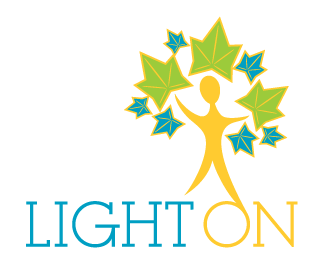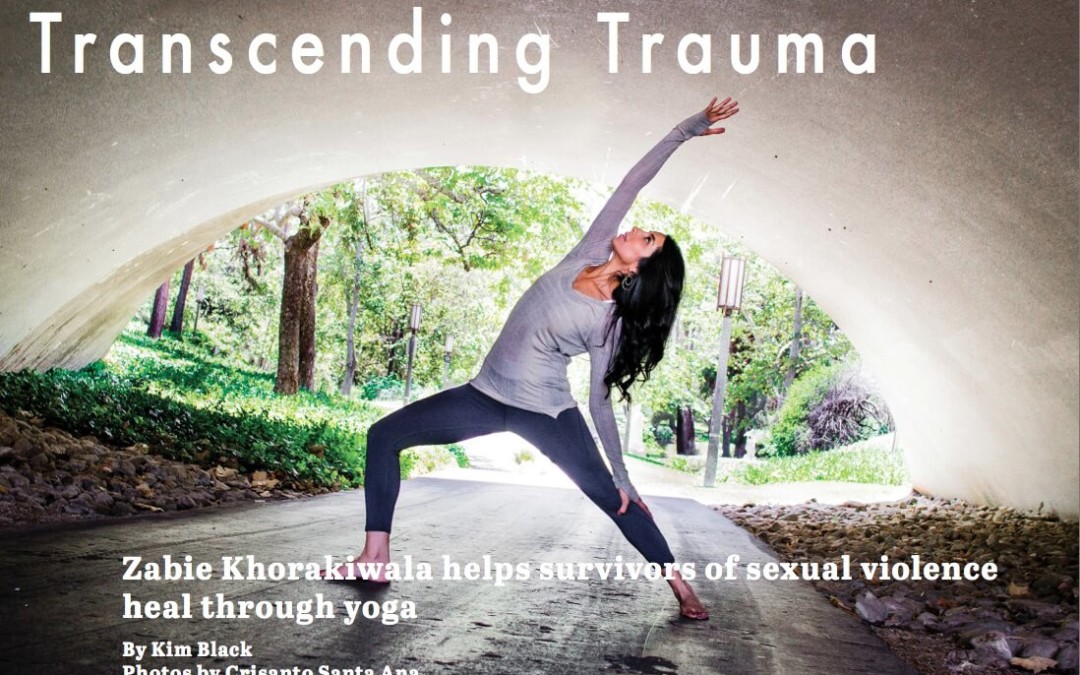Trauma Sensitive Yoga
Zabie Khorakiwala is a certified trauma-sensitive yoga instructor and the Violence Prevention Coordinator at the University of California, Irvine. She is an accomplished educator and the founder of Transcending Sexual Violence through Yoga.
Tell us a little bit about how you first started doing yoga.
I was going through a lot after I experienced an assault when I was in college, and everything that I was trying just wasn’t feeling authentic to me. I tried to speak with a therapist. I tried to speak with a close network of friends. What I really needed was something that would allow me to feel like I could regain power and control of my body. So my two friends kept talking about yoga and how much they loved it. I was so nervous thinking about going to my first class at Corepower Yoga. It took me a lot of courage just to take that first step to get into the yoga studio. But I quickly learned after that first class that it was honestly the best decision I could’ve ever made.
At that time were you actively looking for something to use to heal from your trauma?
I wasn’t sure what I was looking for. I knew I needed something because there was this big piece of my life that was missing. As soon as I got onto my yoga mat everything became seamless. So initially coming in, I knew that I needed something related to managing my experiences with trauma and not until after I got really involved with my practice did I realize how powerful it could be.
When did you decide to become a yoga teacher?
I got certified in 2011 through Corepower Yoga in Costa Mesa. Nicolette was my teacher training lead and she is somebody that inspires me to this day. I always had an excuse every time the next round of teacher training came around: Do I even want to teach? Is it just to deepen my practice? I didn’t know the answer to any of these questions. But I just told myself, you know what, let me do this. I was working at UCI full time as the violence prevention coordinator and I started to make these connections with my work. What I realized was that many survivors of sexual trauma were also searching for something more in their healing process. They were searching for something that allows them to feel control. And I knew that was a gap in terms of the services we were offering. After I got certified at Corepower Yoga, I then went on to attend a week long training on trauma sensitive yoga instruction at Kripalu Institute.
Honestly, it was the most incredible experience of my life. There were a little over a hundred other yoga teachers also certified from different helping professions from all over the world. Some were social workers, police officers, rape crisis counselors…all were working to bring yoga as a holistic healing modality to the populations that they work with. Being in that space with 100+ yoga teachers who get it was really amazing.
Tell us a little bit about the challenges and differences teaching to these different populations.
After I attended the trauma sensitive yoga training at Kripalu, I learned so much about what you need to do to create safety in a room where you are teaching yoga to survivors of trauma. There is so much you need to consider in terms of the ways in which people might be triggered, the language that you choose, the intentionality, the way that you set up the space, and to make sure people really feel in control of their environment. The number one thing is focusing on empowerment based language and offering lots of choices. For a lot of the survivors of trauma they have lost that power and control that they have in their life because somebody or someone took it away from them. So anything you can do to give that power back through the cues that you’re giving can be incredibly powerful. Things that I say might include: “If you feel comfortable maybe try it this way, if that doesn’t feel good maybe try it this way, you are always in complete control of your practice. If you want to lie in savasana the entire time that is completely OK.”
Can you talk a little bit about the lineage of yoga that you use in your classes?
If you think back to the roots of yoga, it was developed in India as a means to transcend suffering. So I think about that as really guiding me in my own practice and the way that I teach. Given this really core value of transcending suffering, that’s what carries me in every class that I teach. I want everybody to feel like they have access to yoga and that it’s an inclusive community.
How about the style of yoga that you use in your yoga as healing classes?
I feel like I created a combination of lots of different things. I was trained through Corepower Yoga and I will forever be grateful to that training because of what it taught me in terms of sequencing, language, confidence, and yoga philosophy. I take this foundation but then teach a more restorative class when I teach yoga as healing courses. So it’s really a fusion of both those styles. It’s not a completely seated class, but we do start with some grounding postures that are more restorative based, then work our way up towards stronger standing poses, and then make our way back down to the mat. So the pace of the class is a lot slower than what you might expect from a vinyasa class.
Why yoga? Why not use dance as a form of therapy? What makes yoga unique as a holistic healing modality?
I think that there is a lot of value in all types of body based treatments. But there’s something about yoga as a holistic healing modality that is really powerful. It’s really about the pace of the practice, the movement of the breath, and the way that I can incorporate different inspirational readings. Each week is focused on a different theme that often times are in alignment with the needs of survivors. Different themes may include issues of assertiveness, boundaries, safety, or mindfulness. I really work to build each class upon the next based on what the theme is. So if we’re starting a class on safety and then working our way up towards strength or trust, we may work on more challenging poses allowing them to feel the strength of their body. I like the way yoga is flexible in that way. You can really incorporate it in a way that is powerful to allow survivors to recognize the tools they have in their own body.
Do you incorporate talk therapy or journaling or any other types of healing aspects into your 8 week program Transcending Sexual Violence Through Yoga?
Yes, that’s what’s really exciting about the 8 week class. I work with a lot of other amazing facilitators in Orange County who come in and do different activities. For example I work with an art facilitator who works for Arts for Healing based in Laguna Beach. She creates custom canvas yoga mats. In the class, we will all be in a circle and people can paint in the comfort and support of their own yoga mat. So she’ll say things like, “Think of a relationship in your life and what that relationship means to you, pick two colors and paint it on the canvas.” It is amazing what people create through their own art. And sometimes these pictures that people create are so powerful and communicate very clear messages that they weren’t able to make through talk therapy. The art is really powerful. Another facilitator comes in from Healthy Rhythms, a healing drum circle. So for example, if people aren’t comfortable sharing what the past 8 weeks have been like for them they are invited to play what they feel on the drum.
via Transcending Trauma | Breathe One Community.

